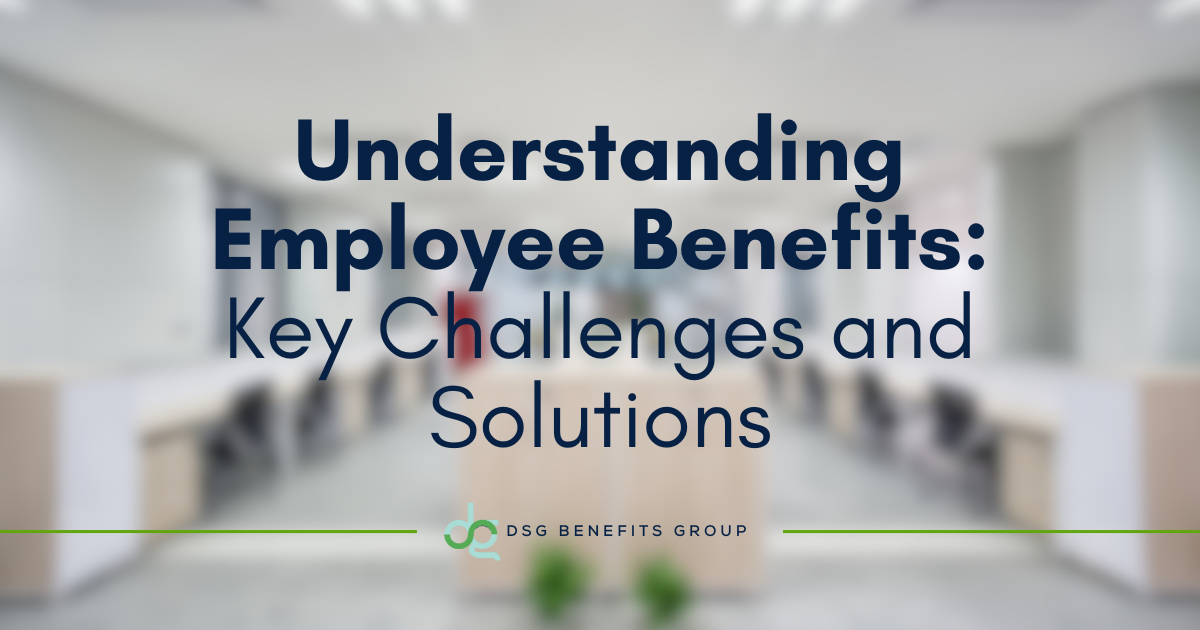Employee benefits are essential for attracting and keeping talented workers, but both employers and employees face significant hurdles in making the most of these programs. Let’s examine some key challenges and practical solutions.
The Health Literacy Gap
One of the most pressing issues in employee benefits is health literacy. More than half of insured individuals don’t understand the difference between a deductible and a copay. This lack of basic understanding leads to frustration and dissatisfaction with benefits packages, even when they’re generous.
Communication Challenges in a Multi-Generational Workforce
Today’s workplace often spans several generations, each with different communication preferences and needs. A one-size-fits-all approach to benefits communication simply doesn’t work. For instance:
- Younger employees typically prefer mobile apps and text messages
- Mid-career workers might engage better with email and digital platforms
- Seasoned staff members often value printed materials and in-person meetings
The Value Perception Problem
Even when companies offer rich benefits and cover most of the costs, employees don’t always recognize the value. This disconnect often stems from:
- Insufficient communication about the full scope of benefits
- Lack of regular updates and reminders about available services
- Missing feedback channels for employees to voice their needs and concerns
Practical Solutions
Multi-Channel Communication
Success comes from matching communication methods to your workforce:
- Regular webinars and quarterly sessions
- Mobile apps for benefits navigation
- Printed materials in break rooms
- Paycheck stuffers for important updates
- Personal advocacy hotlines for one-on-one support
Measuring Success
To ensure benefits programs meet their goals:
- Conduct regular employee surveys, keeping responses anonymous
- Time surveys strategically (mid-year rather than at renewal)
- Gather feedback after renewal periods
- Use incentives to encourage survey participation
- Track satisfaction levels year over year
Ongoing Education
Create a year-round education program that:
- Breaks information into simple, digestible pieces
- Provides practical examples of how to use benefits
- Offers tools to help locate high-value providers
- Includes regular reminders about available services
The Bottom Line
When employees understand their benefits, they make better healthcare decisions, spend less money, and feel more satisfied with their compensation package. This leads to:
- Lower healthcare costs for both employer and employees
- Higher employee satisfaction and retention
- Better health outcomes through informed decision-making
- Stronger return on the company’s benefits investment
By addressing these challenges head-on with targeted solutions, employers can create benefits programs that truly serve their workforce while managing costs effectively.
Ready to Improve Your Benefits Program?
Let’s have an honest conversation about your employee benefits challenges. At DSG Benefits Group, we put our fees at risk because we’re confident in our ability to deliver results. Schedule a call with us today to learn how we can help you build a more effective benefits program that your employees will actually use and value.
Reach out to us with any questions: https://calendly.com/davidgoldfarb/15-minute-call

